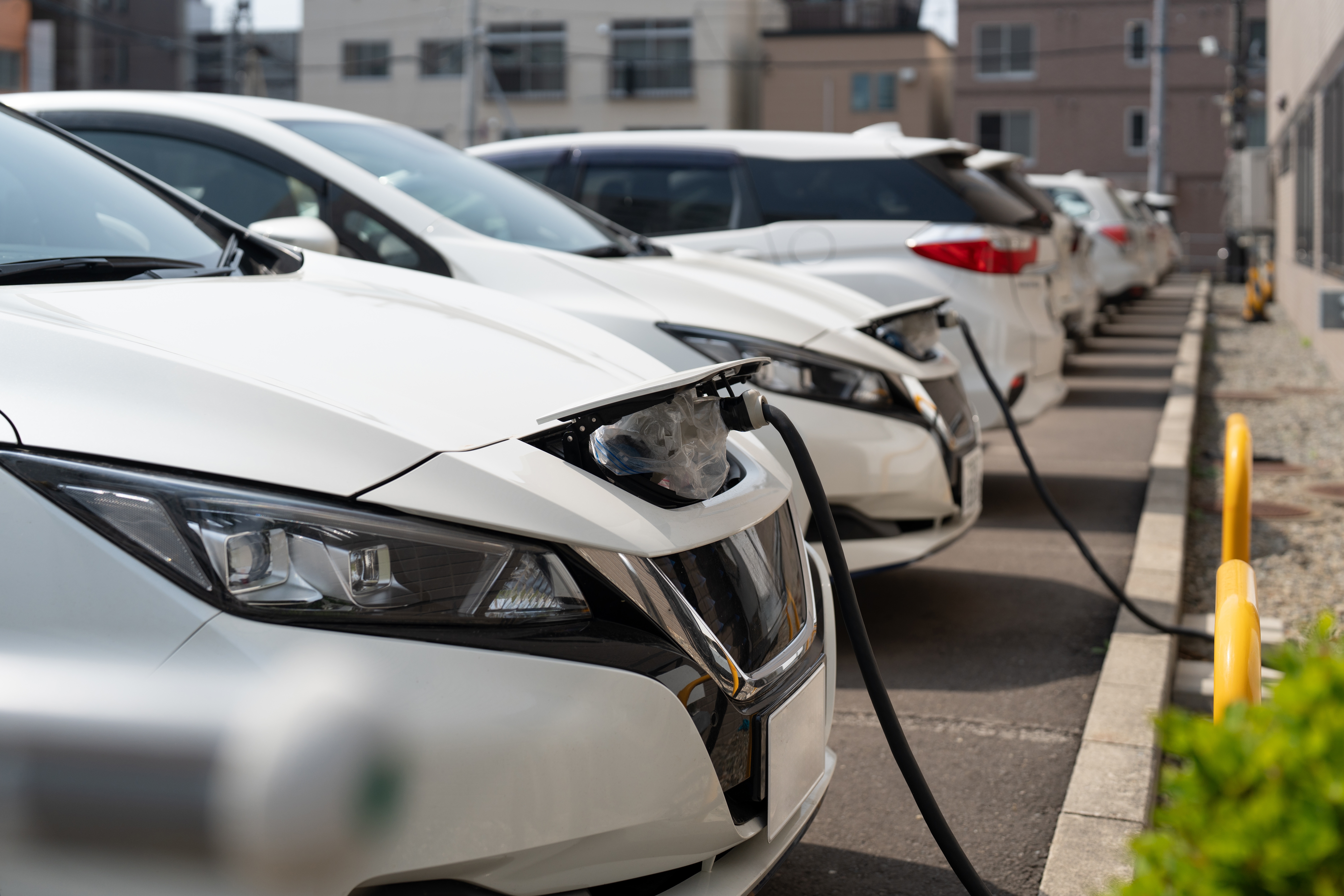Exploring E-Scooter Sales Trends in Belgium
The rise in popularity of electric scooters in Belgium, where residents are switching to environmentally friendly transportation solutions. This shift to electric scooters highlights their role in increasing mobility while reducing congestion and emissions in cities. As more adults choose this environmentally friendly alternative, it becomes important to understand the implications and wider benefits associated with this change.

What factors are influencing e-scooter sales in Belgium?
Several key factors are contributing to the rise of e-scooter sales in Belgium. Urban congestion and the need for efficient last-mile transportation options have created a fertile ground for e-scooter adoption. Additionally, growing environmental awareness among Belgian consumers has led to increased interest in eco-friendly mobility solutions. Government initiatives promoting sustainable transportation and improvements in e-scooter technology, such as longer battery life and enhanced safety features, have also played crucial roles in boosting sales.
How has the Belgian e-scooter market evolved in recent years?
The Belgian e-scooter market has undergone significant transformation since its inception. Initially dominated by shared e-scooter services, the market has seen a shift towards private ownership. This trend has been driven by concerns over hygiene, particularly in the wake of the COVID-19 pandemic, as well as the desire for more reliable and personalized transportation options. As a result, retail sales of e-scooters have surged, with both established brands and new entrants vying for market share.
What are the demographic trends in e-scooter adoption in Belgium?
E-scooter adoption in Belgium spans various age groups, but certain demographic trends have emerged. Young professionals and students in urban areas represent a significant portion of e-scooter users, attracted by the convenience and cost-effectiveness of these devices for commuting and short trips. However, there has been a growing interest among older adults as well, particularly for leisure activities and running errands. This broadening demographic appeal has contributed to the overall growth of e-scooter sales in the country.
How are regulatory changes impacting e-scooter sales in Belgium?
Regulatory developments have had a substantial impact on e-scooter sales and usage in Belgium. Recent legislation has clarified the legal status of e-scooters, establishing speed limits, age restrictions, and rules for their use on public roads and cycling infrastructure. While these regulations have introduced some constraints, they have also provided a clearer framework for safe e-scooter operation, potentially encouraging more cautious consumers to consider purchasing these devices.
What are the current market trends for e-scooters in Belgium?
The Belgian e-scooter market is characterized by several notable trends. There is a growing demand for higher-quality, durable e-scooters with advanced features such as improved suspension, larger wheels for better stability, and enhanced weatherproofing. Foldable designs that facilitate easy storage and transport on public transit have also gained popularity. Additionally, there is an increasing focus on e-scooters with longer range capabilities, catering to users who require more extended travel distances.
How do e-scooter sales compare across different regions of Belgium?
E-scooter sales patterns vary across different regions of Belgium, reflecting diverse urban landscapes and transportation needs. Major cities like Brussels, Antwerp, and Ghent have seen the highest adoption rates, driven by their dense urban cores and extensive public transportation networks that complement e-scooter use. Smaller cities and suburban areas are also experiencing growth, albeit at a slower pace. Coastal regions have shown increased interest in e-scooters, particularly during tourist seasons, contributing to sales in these areas.
| Region | E-Scooter Sales Trend | Key Factors |
|---|---|---|
| Brussels | High growth | Dense urban area, extensive public transport |
| Antwerp | Strong adoption | Port city, urban mobility needs |
| Ghent | Increasing popularity | University town, eco-friendly initiatives |
| Coastal regions | Seasonal peaks | Tourism, leisure activities |
| Smaller cities | Moderate growth | Improving infrastructure, changing commuter habits |
Prices, rates, or cost estimates mentioned in this article are based on the latest available information but may change over time. Independent research is advised before making financial decisions.
The e-scooter market in Belgium continues to evolve, shaped by technological advancements, changing consumer preferences, and regulatory developments. As urban mobility needs transform and environmental concerns remain at the forefront, e-scooters are likely to play an increasingly important role in Belgium’s transportation landscape. The ongoing diversification of the market, with options ranging from budget-friendly models to premium, feature-rich e-scooters, suggests that this trend is set to continue, catering to a wide spectrum of users across the country.




